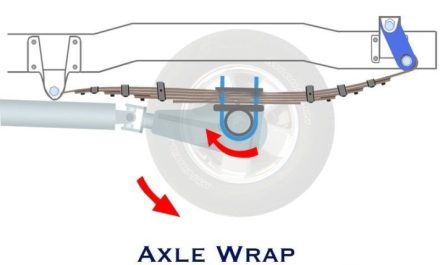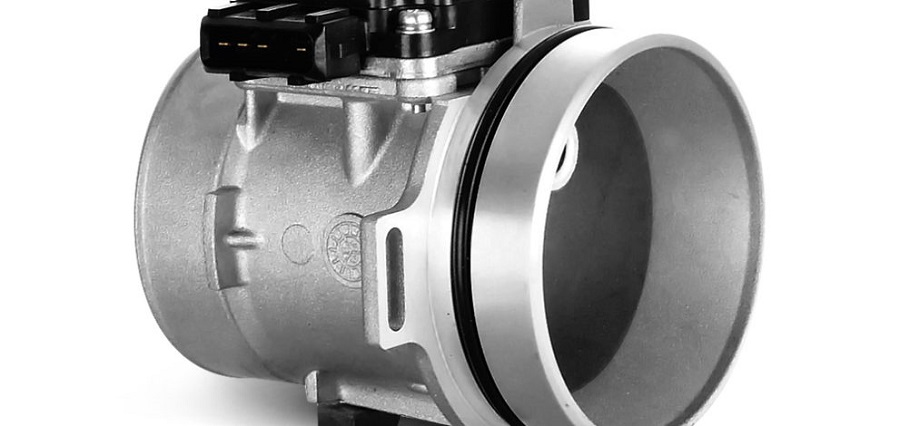Detailed Overview of the VE5701 Aircraft Engine
The VE5701Aircraft Engine is a sophisticated turbofan engine designed to deliver reliable and efficient propulsion for aircraft. Here’s an in-depth look at its key aspects, including engine type, specifications, performance characteristics, maintenance practices, and troubleshooting procedures.
Engine Type
The VE5701 is a turbofan engine, a popular choice for modern commercial and high-speed aircraft. Turbofan engines are characterized by their high efficiency and quiet operation. They work by:
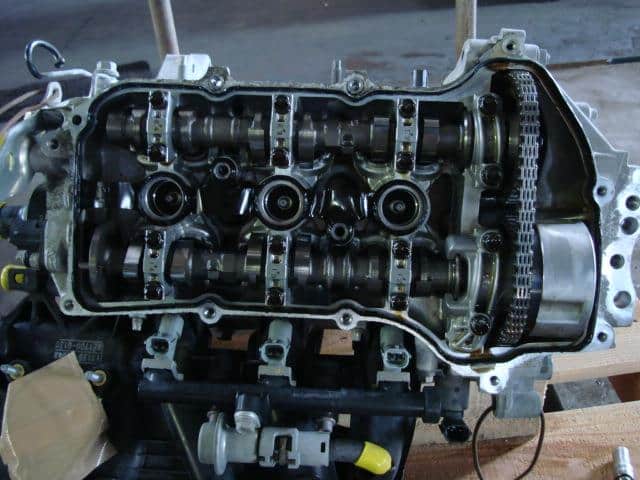
- Air Intake: Drawing air into the engine through a large fan at the front.
- Compression: Compressing the air using multiple stages of rotating and stationary blades.
- Combustion: Mixing the compressed air with fuel and igniting the mixture in the combustion chamber.
- Turbine: Using the high-pressure gases from combustion to spin a turbine, which drives the fan and compressor.
- Exhaust: Expelling the remaining gases through the exhaust to produce thrust.
Specifications
Performance Characteristics
Maintenance
Routine Checks: Regular inspections are necessary to ensure the engine operates efficiently. This includes checking fuel lines for leaks, monitoring oil levels, inspecting the condition of the fan blades, and verifying that all components are functioning correctly.
Component Overhaul: Major engine components, such as the compressor and turbine, require overhauls every 5,000 flight hours or as specified by the manufacturer. This involves disassembling and thoroughly inspecting the parts, repairing or replacing worn components, and reassembling the engine.
Cleaning: To maintain peak performance, periodic cleaning of engine components is required. This includes removing debris from the air intake, cleaning the exhaust area, and ensuring that the engine’s cooling systems are free from obstructions.
Engine Oil: High-quality engine oil is essential for smooth operation. It should be replaced according to the manufacturer’s schedule to prevent lubrication issues that could affect engine performance.
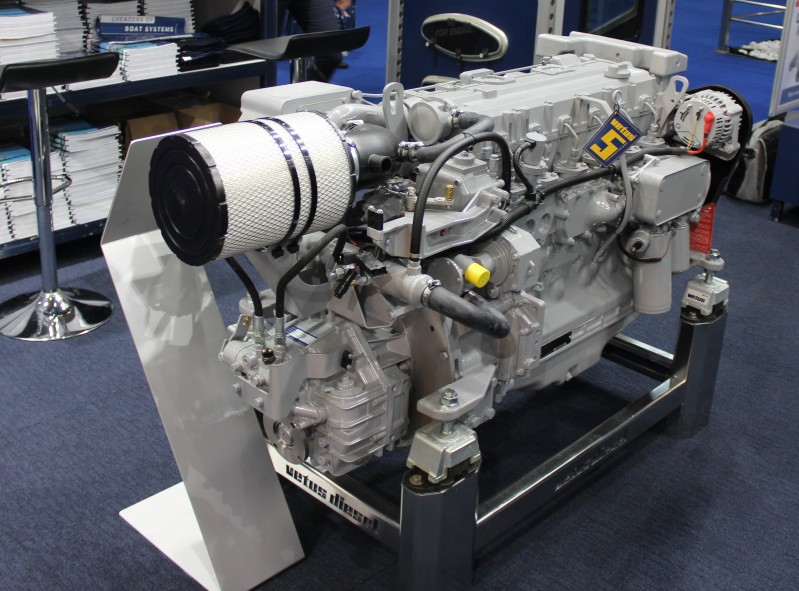
Troubleshooting
- Engine Start Issues:
- If the engine fails to start, check the following:
- Fuel Supply: Ensure there is adequate fuel and that fuel lines are not blocked.
- Electrical Connections: Verify that electrical connections are secure and functioning.
- Ignition System: Check the ignition system for proper operation and replace faulty components if necessary.
- Battery: Ensure the battery is fully charged, as a weak battery can affect engine start.
- Reduced Thrust: If thrust is lower than expected:
- Air Filter: Inspect and clean or replace the air filter if it is clogged.
- Fuel System: Check for issues with fuel injectors or fuel lines.
- Engine Components: Look for worn or damaged parts in the compressor or turbine.
- Unusual Noises: If you hear strange noises:
- Loose Components: Check for any loose or damaged components within the engine.
- Turbine Blades: Inspect turbine blades for signs of damage or imbalance.
- Vibration: Address any sources of imbalance in the engine or its mounting.
- Vibration Problems: Excessive vibration can be caused by:
- Imbalanced Parts: Ensure that all rotating parts are properly balanced.
- Alignment Issues: Verify that the engine is correctly aligned and mounted.
Conclusion
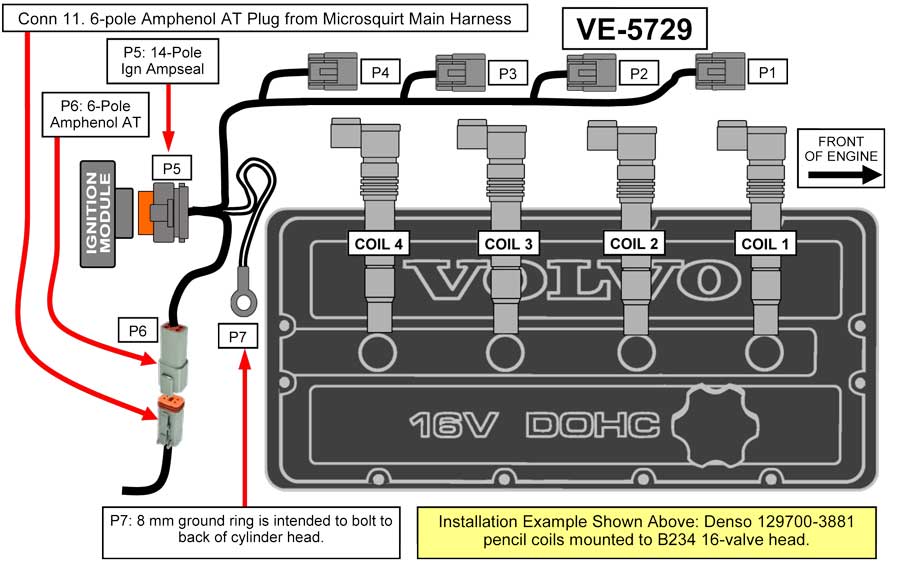
The VE5701 aircraft engine is designed for high performance, efficiency, and reliability. Understanding its specifications, performance differentiae, and maintenance requirements is crucial for ensuring optimal operation and longevity.
VE5701 Aircraft Engine Detailed Specifications
Technical Specifications
- Engine Type: Turbofan
- Engine Size:
- Diameter: Approximately 40 inches
- Length: Approximately 80 inches
- Power Output: 20,000 lbs of thrust
- Fuel Consumption:
- At Cruise: 2,500 lbs per hour
- Specific Fuel Consumption: 0.5 lbs of fuel per pound of thrust per hour
- Emissions: Designed to meet modern emissions standards with advanced combustor technology for reduced NOx and CO emissions.
Performance Data
- Thrust: 20,000 lbs, providing substantial power for various flight conditions.
- Horsepower: Approximately 27,000 shaft horsepower (SHP)
- Fuel Efficiency: A high bypass ratio contributes to improved fuel efficiency, particularly beneficial for long-haul flights.
- Altitude Performance: Effective up to 40,000 feet, maintaining performance with reduced air density at high altitudes.
Maintenance and Overhaul
- Scheduled Maintenance Procedures:
- Daily Checks: Inspect fuel levels, and oil levels, and perform visual inspections for leaks or damage.
- Hourly Checks: Monitor engine performance metrics and ensure that systems are operating within normal ranges.
- 5,000 Flight Hours: Major overhaul required, including disassembly, inspection, repair, and reassembly of key components such as the compressor and turbine.
- 10,000 Flight Hours: Comprehensive engine inspection and potential replacement of major components.
- Troubleshooting Guides:
- Engine Start Failure: Check fuel supply, electrical connections, and ignition system.
- Reduced Thrust: Inspect the air filter, fuel system, and engine components.
- Unusual Noises: Examine for loose components, and check turbine blades and alignment.
- Parts Diagrams: Detailed diagrams are available for all major components including the compressor, turbine, and fuel system.
Installation and Integration
- Engine Mounting:
- Mounting Points: Secure the engine to the aircraft frame using pre-designed mounting points that align with the engine’s attachment points.
- Vibration Isolation: Install vibration isolation mounts to reduce the impact of engine vibrations on the aircraft structure.
- Wiring:
- Electrical Connections: Connect power and control wiring according to the engine’s electrical schematics.
- Sensors: Install sensors for monitoring engine parameters such as temperature, pressure, and RPM.
- Plumbing:
- Fuel Lines: Connect fuel lines to the engine’s fuel system, ensuring that connections are secure and leak-free.
- Oil Lines: Install oil lines for lubrication, following manufacturer guidelines to ensure proper oil flow.
- Control Systems:
- Throttle Control: Integrate the engine’s throttle control system with the aircraft’s flight control system.
- Engine Management: Connect the engine management system to monitor and adjust engine performance.
Troubleshooting and Repair
- Common Problems:
- Engine Start Issues: Often caused by issues with fuel supply, electrical connections, or the ignition system.
- Thrust Loss: This may result from problems with the fuel system, air filter, or engine components.
- Unusual Noises: These can indicate loose components, damaged turbine blades, or imbalanced parts.
- Diagnostic Procedures:
- Visual Inspection: Conduct a thorough visual check for any obvious signs of wear or damage.
- Performance Monitoring: Use onboard diagnostic tools to monitor engine performance and identify irregularities.
- Component Testing: Test individual components such as the fuel injectors and ignition system for proper functionality.
- Repair Techniques:
- Component Replacement: Replace worn or damaged components such as bearings, seals, and blades.
- Balancing and Alignment: Rebalance and realign rotating parts to ensure smooth operation.
- System Calibration: Recalibrate the engine management system to restore proper performance.
User Manuals and Guides
- Operator Manual: Provides comprehensive instructions for operating the VE5701 engine, including startup procedures, performance monitoring, and emergency protocols.
- Maintenance Manual: Detailed documentation on routine maintenance tasks, overhaul procedures, and part replacement schedules.
- Service Guide: Contains troubleshooting tips, repair techniques, and diagnostic procedures for addressing common engine issues.
- Parts Catalog: Includes diagrams and descriptions of engine components for reference during maintenance and repairs.
Conclusion
The VE5701 aircraft engine is a high-performance turbofan designed to offer reliable propulsion with advanced fuel efficiency and noise reduction. Understanding its technical specifications, performance data, and maintenance needs is crucial for ensuring optimal operation and longevity. Proper installation, integration, and adherence to maintenance schedules will help maintain the engine’s performance and reliability throughout its service life.

